Any hydroponic system, completely DIY, or a more ready-made solution such as a modular self-watering planter, can become more sustainable and even more eco-friendly if you amend or expand it to become an aquaponic system.
What is a Closed-Loop Aquaponics System?

Aquaponics is a portmanteau word combining the words "aquaculture" (fish farming) and "hydroponics" (growing plants in water). It refers to a symbiotic system where fish and plants are raised together and benefit one another in different ways.
These systems can vary dramatically in their complexity and scale, ranging from small barrel setups in homes to large commercial operations. However, the way in which the fish and plants are beneficial to one another remains consistent across all aquaponic gardens.
By combining fish farming with hydroponics, aquaponics systems allow us to create closed-loop systems (largely self-sustaining) that provide a range of yields.
In traditional fish farms the water must be aerated and purified but in aquaponics plants and micro-organisms filter and cleanse the water instead.
In most hydroponic systems, we need to add nutrient solutions for plant food. In aquaponics, however, fish poo, broken down in the water by micro-organisms, becomes a natural fertilizer for the plants.
Why Choose to Create Closed Loop Aquaponics Systems?
Fish and plants are brought together in an aquaponics system to, in a sense, solve each others problems and provide for one another.
Since plants and fish work together and benefit each other, this is a system which can largely sustain itself without external inputs, and so is a sustainable and eco-friendly system to choose.
Choosing to grow food in aquaponics systems can reduce the pressure on ecosystems of land and sea. These systems help us grow more food while using less land, and making sure that marine environments are not depleted. So they help us to reduce our reliance on damaging agricultural and fishing practices.
Aquaponic systems also use less water, and reduce water waste common to other growing systems. Since water circulates within the system, we can conserve fresh water in our homes or our gardens.
Aquaponics systems also allow us to grow organically. With fish providing natural fertilization for plant growth, there is no requirement for external synthetic fertilizers. And since there are huge environmental concerns and other risks associated with their use, aquaponics systems can be far more ecologically friendly than most hydroponic systems.
How to Build An Aquaponics System

- Plan the Overall Details of your System
- Choose or Create a Space for Your Fish
- Accommodate Your Plants by Creating Growing Areas
- Combine the Elements for a Closed-Loop System
- Populate the System(Add Fish, Plants etc.)
1. Plan the Overall Details of your System
First things first, when creating your closed-loop aquaponics system you need to consider factors including:
- What space there is available. Decide where you will set up your system, whether you decide to place it indoors, in a greenhouse or polytunnel, or outdoors.
- The size of the system. Decide how big your aquaponics setup will be, based on the space available and your preferences and needs.
- Materials and equipment. Make a list of materials and equipment that you will need.
- Fish and plant selection. Choose your fish species and plants – ones that are suitable for the specific aquaponics system you have chosen and which can be combined effectively.
Small Scale Aquaponics from Scratch
If you are looking to establish an aquaponics system where no hydroponic system currently exists then thinking about the basic elements typically included in such a system is a good place to begin.
Here are the typical main elements of an aquaponic system:
- A Fish Tank, Barrel or Pond. This is where fish or other aquatic organisms are raised.
- Settling Basin.A basin that captures any uneaten food and larger particles that cannot be filtered by the plants.
- where nitrifying bacteria, micro-organisms, convert ammonia from fish waste into nitrites and then nitrates, that plants can then take up.
- Hydroponics Section.This is of course where plants grow and filter the water in the system.
- This sump collects water after it passes through the hydroponics section, and water is then pumped back to the fish holding area from here.
It should also be remembered, of course, that aquaponic systems also include the living beings: fish, plants growing within the system, and micro-organisms involved in essential processes.
The arrangement and complexity of these components varies depending on the specifics of the particular aquaponic system in question. In simpler setups, some components may be combined, while more advanced systems may incorporate additional features for increased efficiency and productivity.
But by thinking about the different elements usually included in a closed-loop aquaponics system, we can begin to think about how our own system might look.
Adapting Existing Hydroponic Systems and Self Watering Planters

In some instances, you might be creating an aquaponics system by adapting an existing hydroponic system or a self-watering planter to add fish and potentially other elements into the system.
It is often possible to adapt an existing hydroponic system in this way, though of course you will need to carefully consider how to integrate the new elements with the existing setup.
2. House Your Fish

One important thing to think about, of course, is housing your fish in a tank, or perhaps a barrel, or maybe even in a pond in larger, outdoors systems.
As a useful guideline for determining the size of your system, it's recommended to allocate a fish tank containing approximately 20-26 litres of water per every 500g of fish.
As a rough guideline, aim to add 500g of fish for every 0.1 square meter of surface area within the hydroponic grow beds of the system.
3. Accommodate Your Plants

There are many different options when it comes to creating growing area for plants within your aquaponic system. Any of the options commonly used in hydroponic growing systems can be considered including:
- Media Beds. These are the most traditional and typical approach to growing plants in aquaponics. They are filled with growing media - e.g. gravel, expanded clay pellets, perlite, or coconut coir. The medium supports plant roots and doubles as a biofilter.
- Rafts (Deep Water Culture). Floating rafts hold plants in net pots so that their roots dangle into the nutrient-rich water below. Rafts are particularly suitable for cultivating leafy greens with shallow root systems.
- Nutrient Film Technique (NFT). NFT systems involve growing plants in shallow channels or tubes through which a thin film of nutrient-rich water can flow. The water flows over the roots of the plants. Again, leafy greens tend to thrive within this type of system.
- Vertical Towers: Vertical aquaponic setups employ stacked trays or towers to cultivate plants vertically, maximizing space utilization. These systems are ideal for compact urban settings or areas with limited horizontal space. Plants are typically grown in soilless media or hydroponic substrates, with nutrient-rich water circulating through the towers to nourish the plants.
- Hybrid Combos: Some aquaponic setups combine multiple growing areas to optimize efficiency and diversity. For instance, a hybrid system may integrate media-based beds for larger plants like tomatoes and peppers, alongside raft beds or NFT channels for cultivating leafy greens and herbs. This approach allows for a varied range of plants to thrive within the same system, catering to different growth requirements and preferences.
Of course, you may already have, or be considering, self-watering planters, in which case you will have ready-made growing areas and be able to place this into the system as the hydroponic growing area component.
4. Combine the Elements for a Closed-Loop System

Once you have sorted out the fish tank, barrel or pond, and the grow beds, you will of course need to connect them into a loop system.
Typically, a water pump will be installed in the fish tank or sump to circulate water to the grow beds. A plumbing system, often made of PVC pipes or tubing will usually be created to transport water between the different elements, and where necessary, a filtration system and other elements may also be incorporated between the main components of the system.
5. Populate the System (Add Fish, Plants etc.)

Once everything is in place and you are happy with the design and installation, it is time to add the living elements – fish and plants - to the aquaponics system.
Choosing Fish
Many fish are commonly used within aquaponics systems but some of the most important are:
- Tilapia:These fish grow quickly, taste good, and are known to be relatively unfussy about water quality and environmental conditions. They eat lots of plant material, which makes them cost-effective to feed. They are a popular choice for many aquaponics systems, but they require warm water temperatures and this may require more energy usage in colder climate areas.
- Trout:These fish also taste good, grow quickly, and provide good returns for the food they eat. They like and need cooler water temperatures. However, they typically require non-plant-based food and may prey on smaller fish so while they work for some systems, they may not be right for all.
- Sturgeon:These fish grow quickly and are valued for their flavourful meat. However, they may not adapt as readily to different environmental conditions compared to other species.
- Carp:While not as highly regarded for their taste as trout, carp are edible and reproduce readily. They demonstrate adaptability to various environments, making them a resilient choice for aquaponic systems.
- Catfish:Catfish are considered good eating once skinned, with fast growth rates and efficient food conversion ratios. They often do well in aquaponic environments and are pretty resilient.
As you choose fish, some of the key things to consider are the growth rate, size and environmental requirements of the species in question, their life-cycles and behaviours, how the fish taste, or, if you plan to sell them, the market for them in your area.
Choosing Plants
Some aquaponics systems are best for growing leafy green herb and vegetable crops, but some systems offer far more flexibility and dramatically increase the species that you might grow. One of the fun things about growing in this way is that you can experiment, and try out growing a wide range of different plants.
Additions like wicking beds can expand the range of plants grown in aquaponics by accommodating species not typically suited to hydroponic cultivation. This versatility allows you to grow tubers and root crops, for example, that you might not otherwise have been able to do.
Maintaining an Aquaponics System
After setting up your aquaponics system, you will of course need to monitor and maintain it over time. Below are key tasks to ensure optimal performance:
- Test the water regularly. Look at pH, ammonia, nitrite, and nitrate levels, and make any necessary adjustments to ensure that fish and plants remain healthy and happy.
- Observe fish. See how they look and are behaving and adjust if you see any negative changes.
- Observe your plants. Check them over regularly and act promptly where you see any issues.
- Undertake routine maintenance tasks. Clean filters, check for leaks in tanks and plumbing, and make any necessary repairs to the system before any problems get worse.
- Prune and tie plants into supports where necessary, and regularly harvest from plants to keep them growing strongly over time.
Building and maintaining an aquaponic system, of course, takes time and effort. But the information provided above should serve as a solid foundation to begin your adventure into aquaponics.
Other Plant Hydroponic Growing Tips
If you are also interested in other hydroponic plants, please read related articles.
- The Best 11 Easy-To-Grow Vegetables in Hydroponics
- Top 10 Fruits to Grow in Hydroponic Systems
- Hydroponic Herbs: A Beginner's Top 10 List
- How to grow hydroponic cherry tomatoes Indoors: A Detailed Guide
- How to grow cilantro hydroponically indoors: A Beginner’s Guide
- How to grow Hydroponic Bell Peppers indoors: A Detailed Guide
- How to Grow Hydroponic Blueberries Indoors: A Detailed Guide
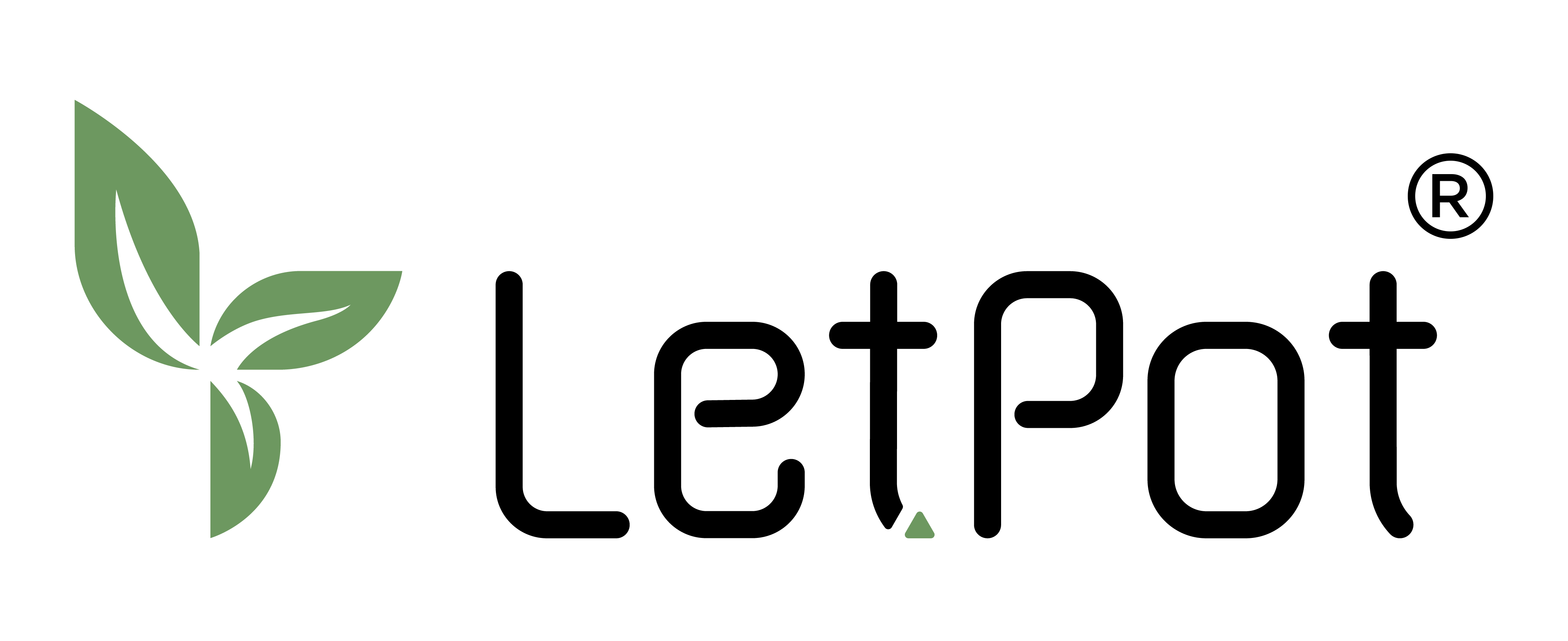
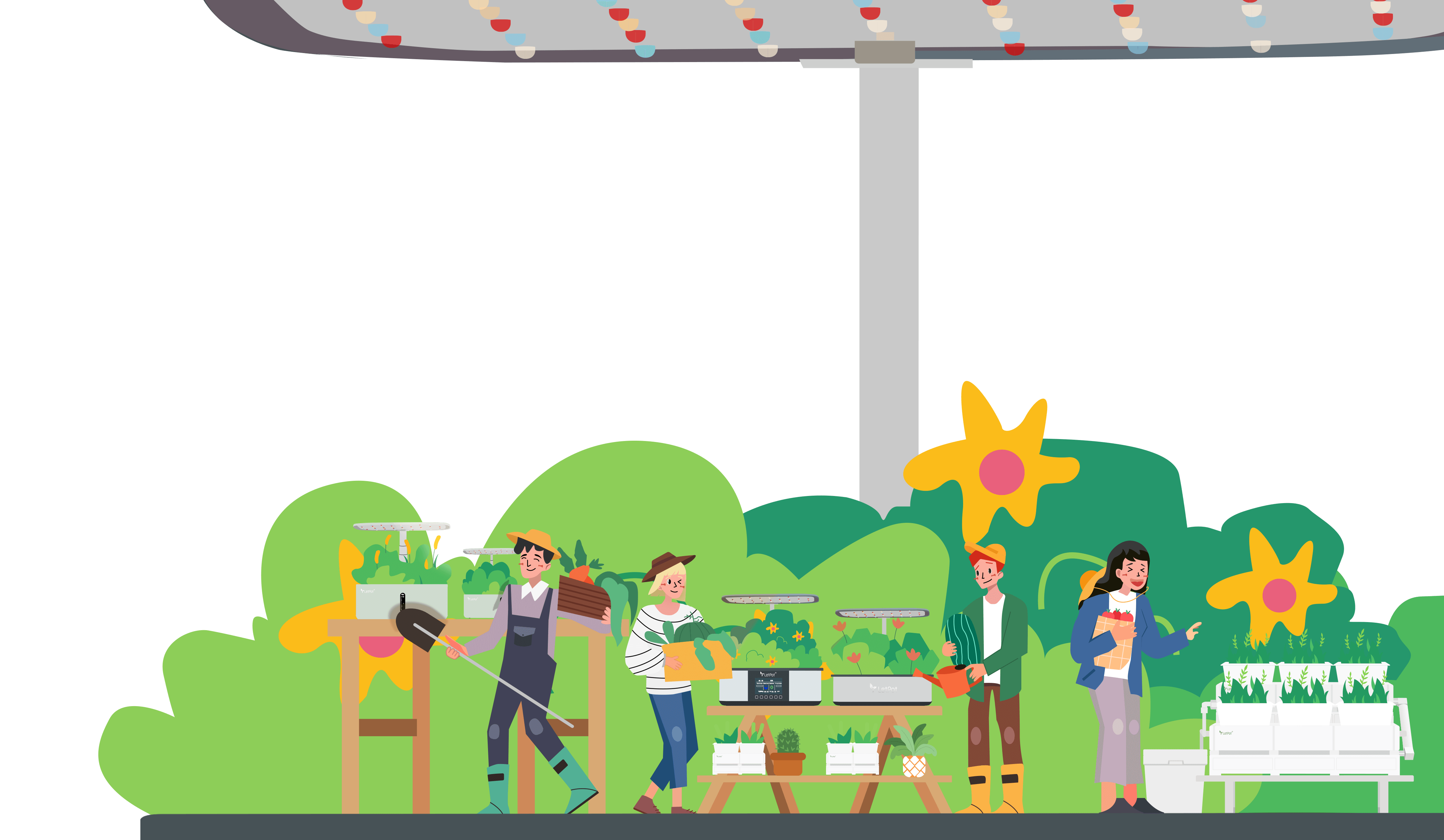
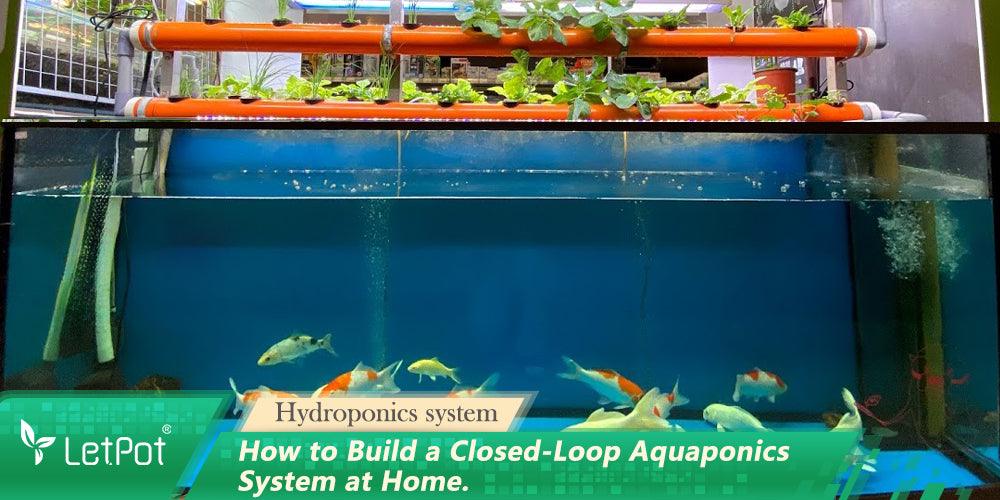
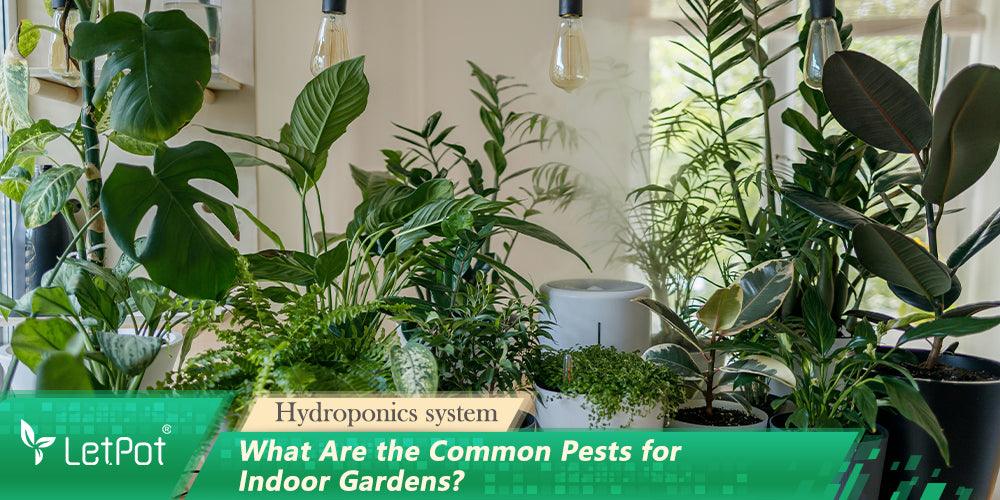
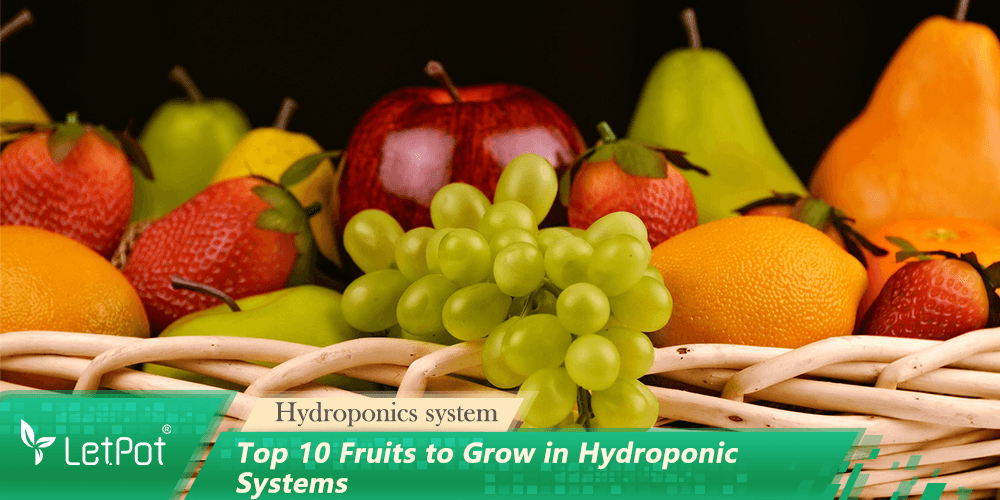
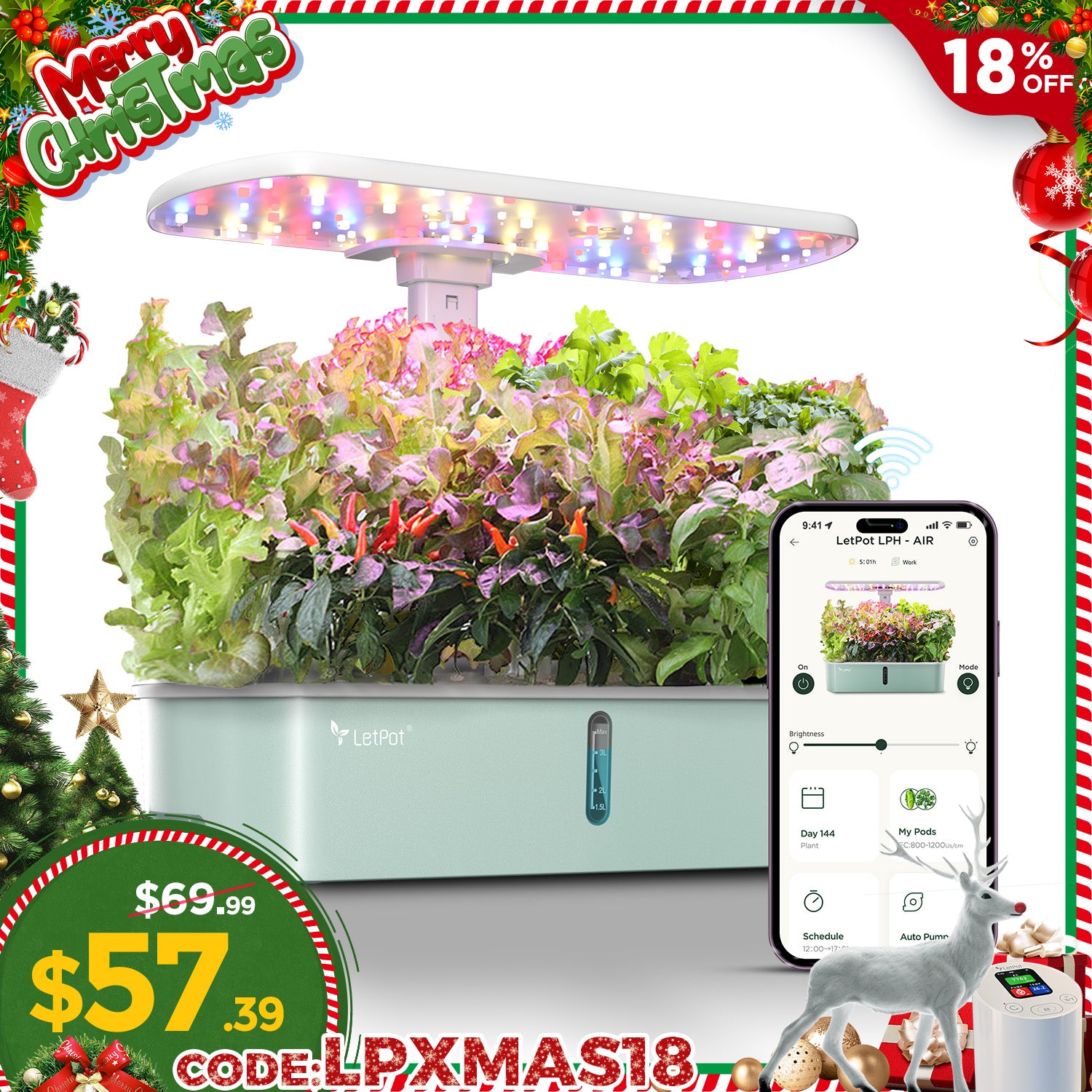

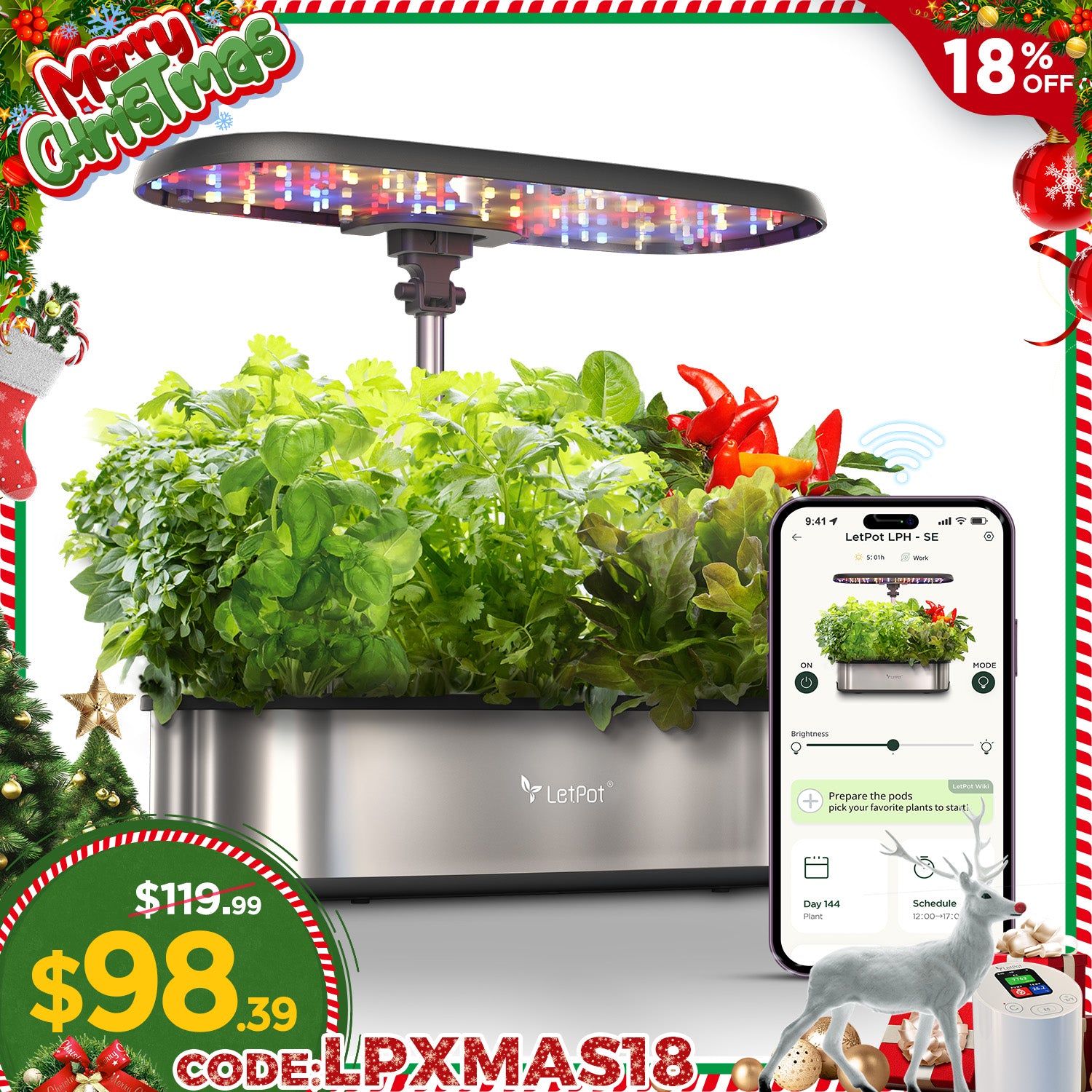
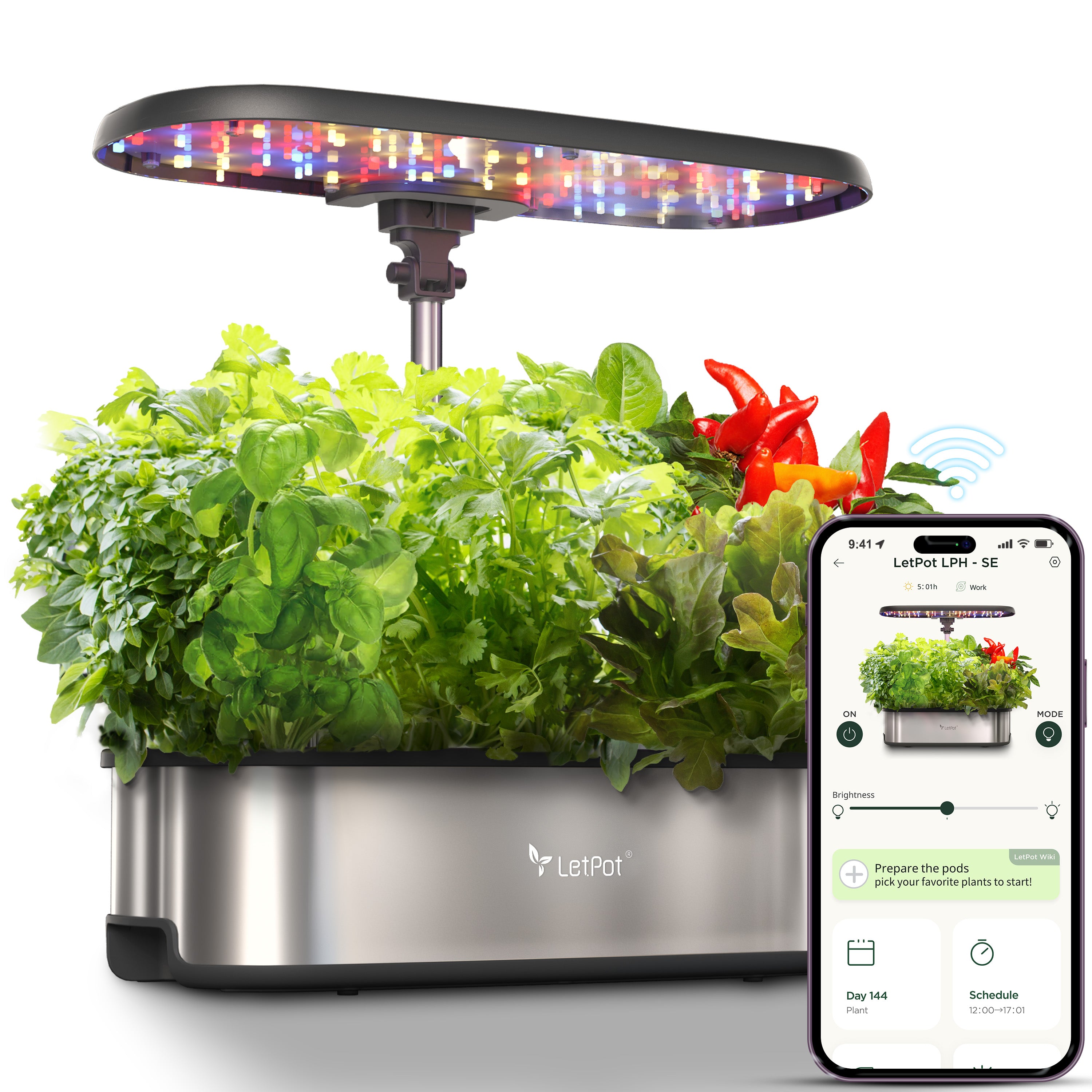
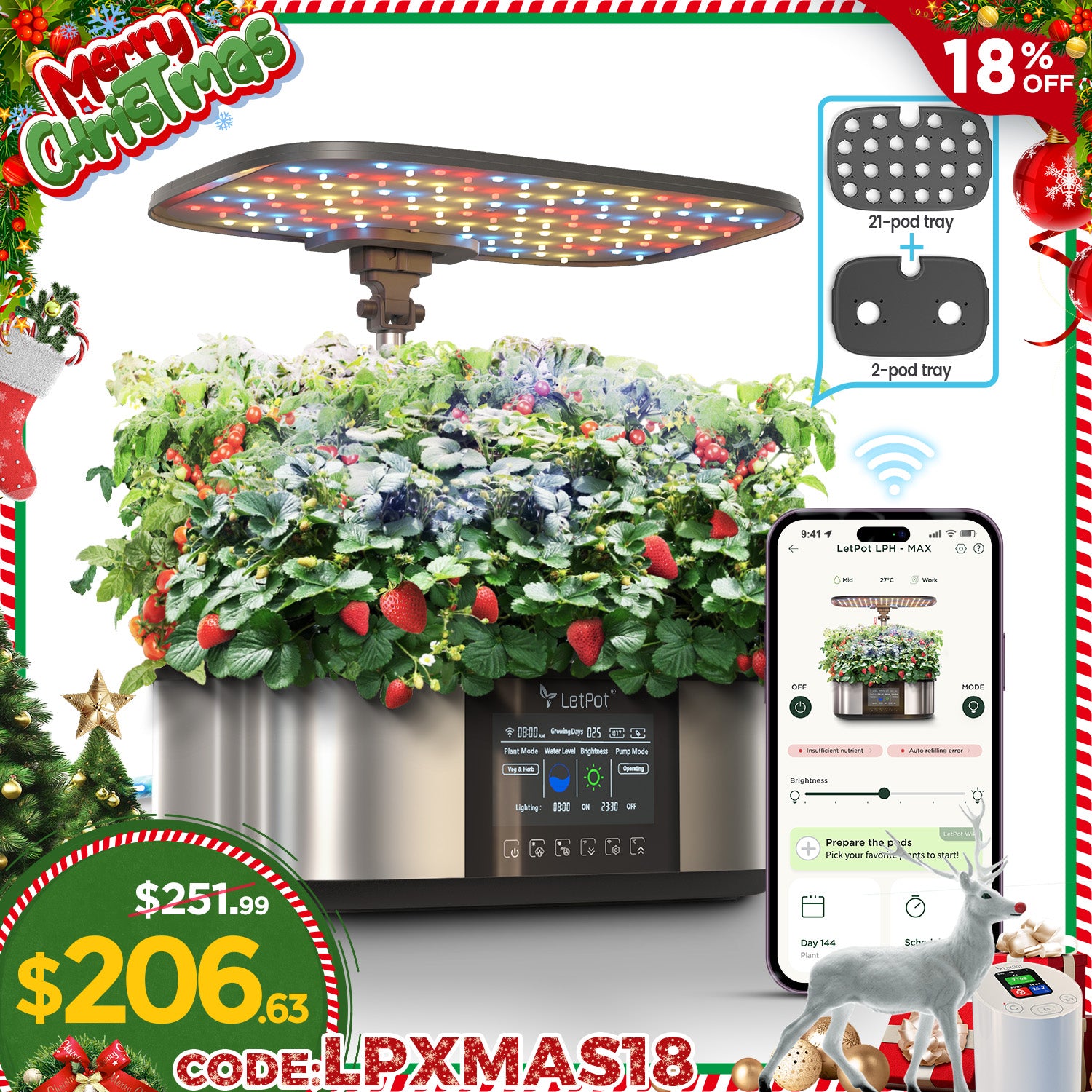
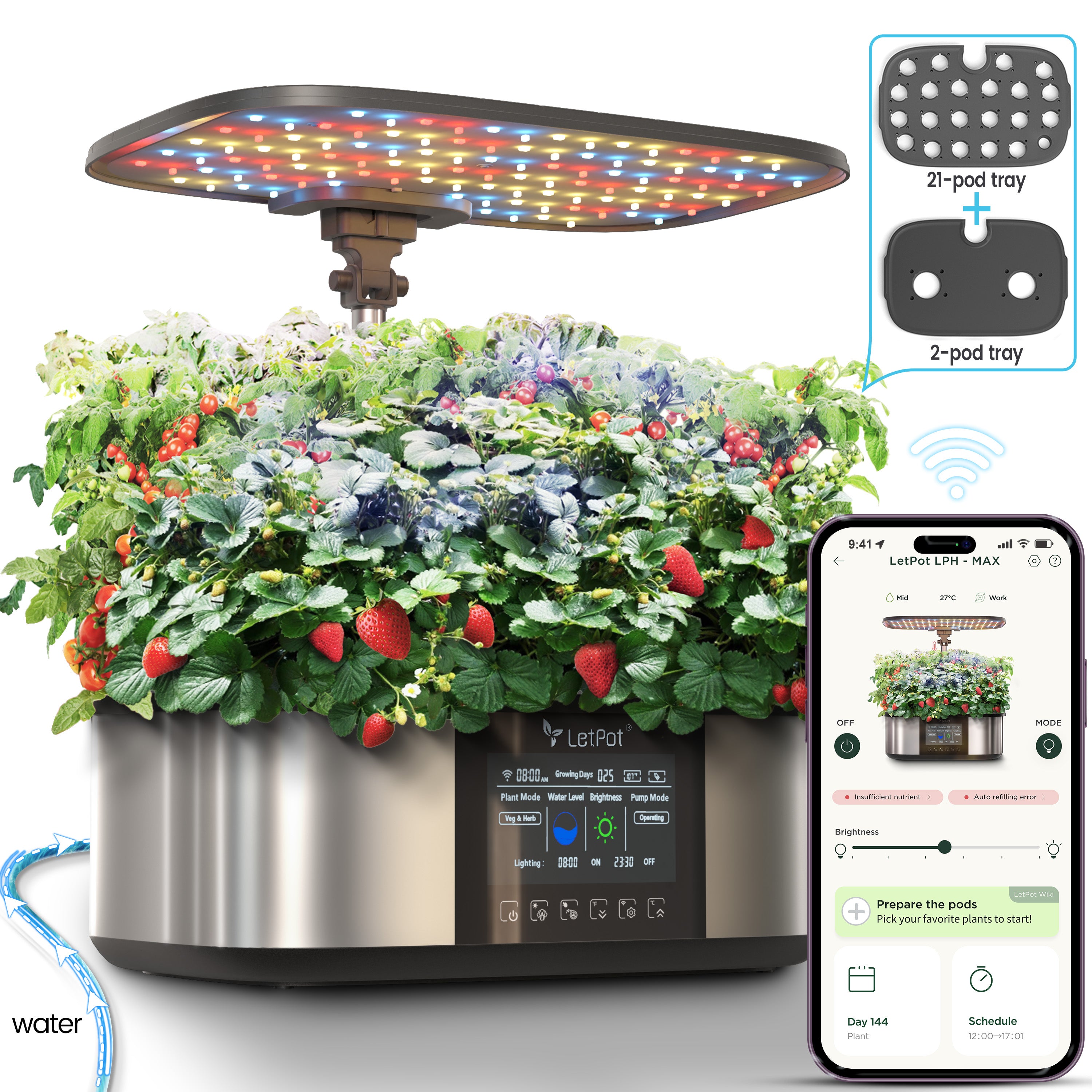
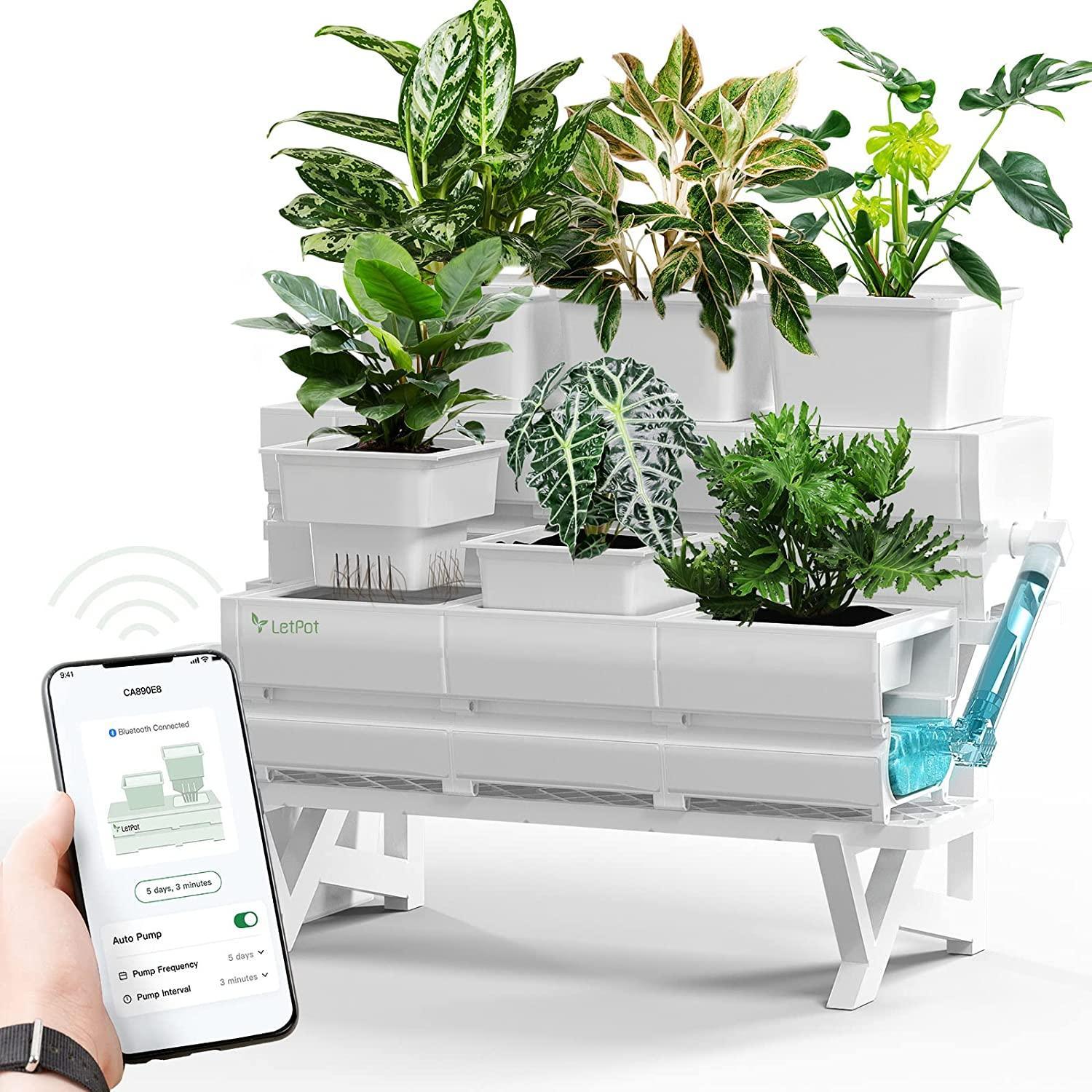
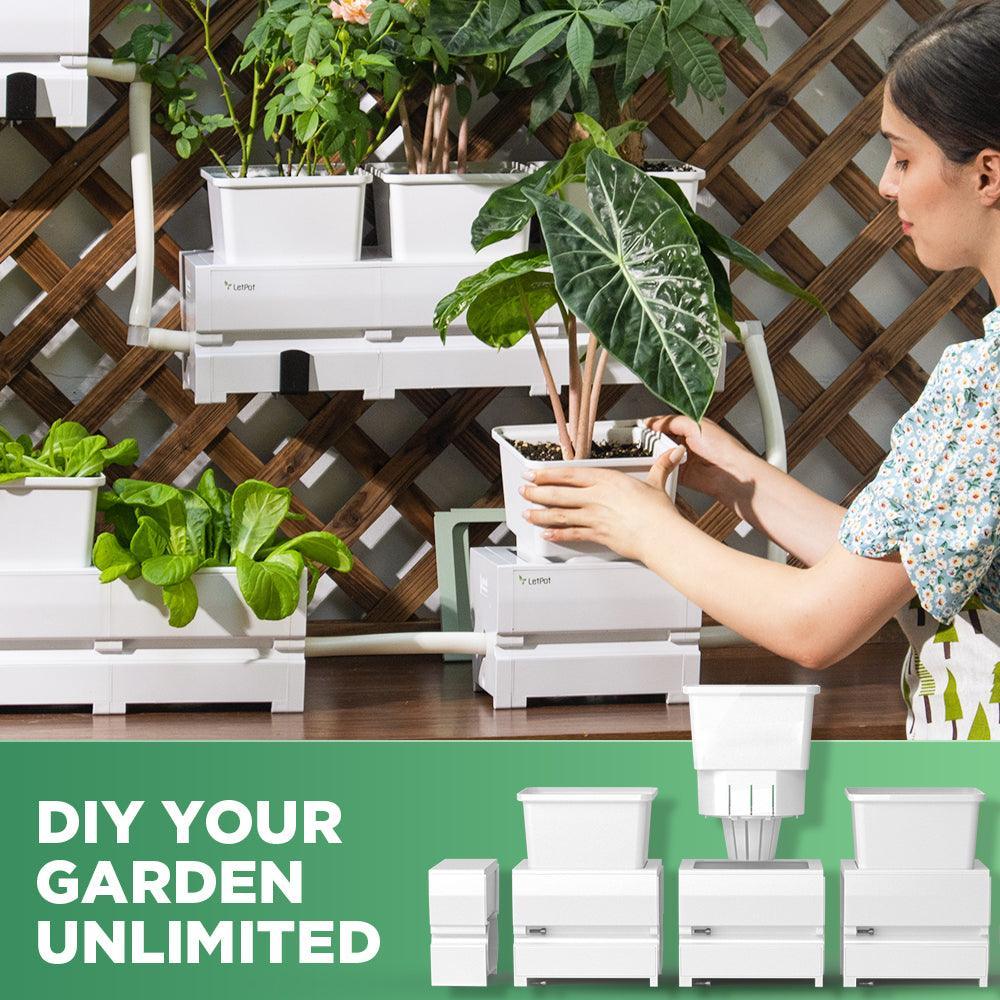
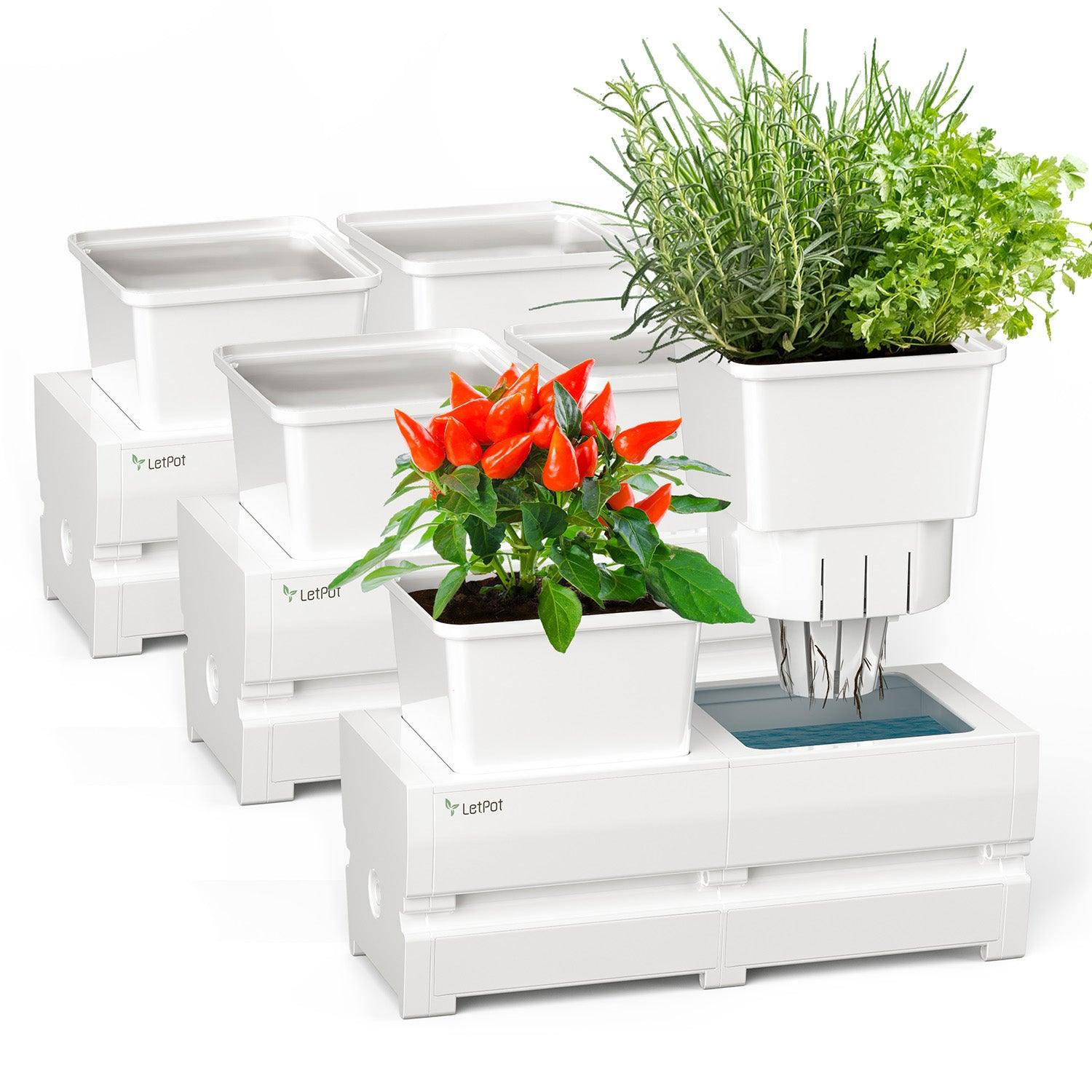
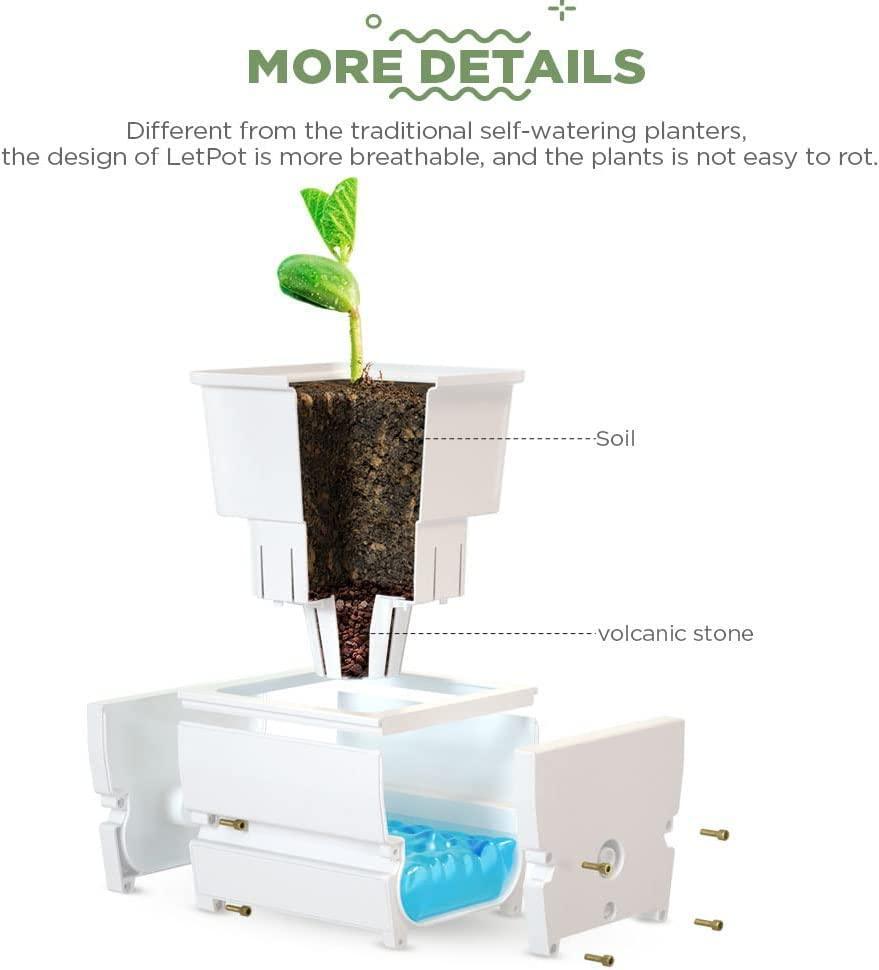
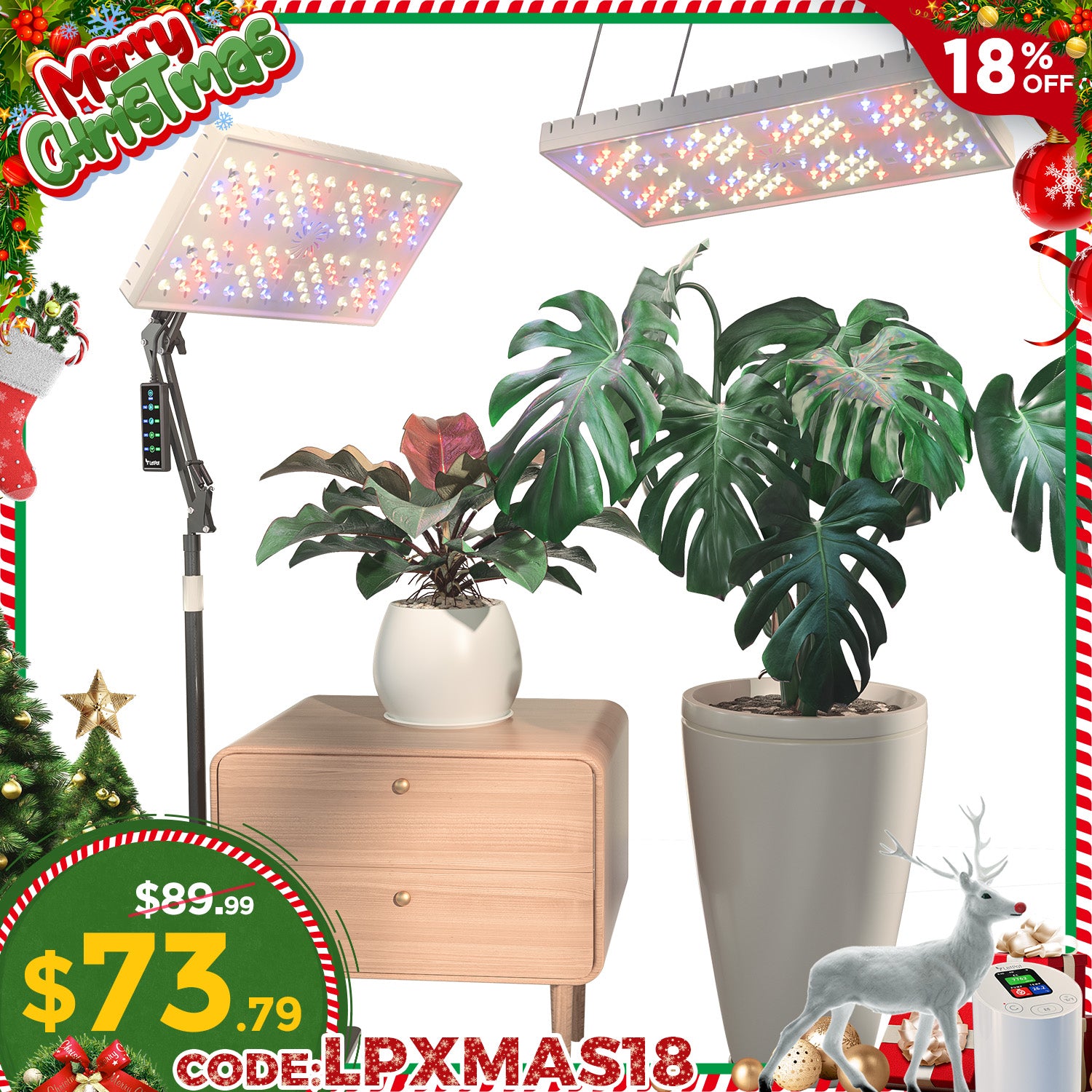
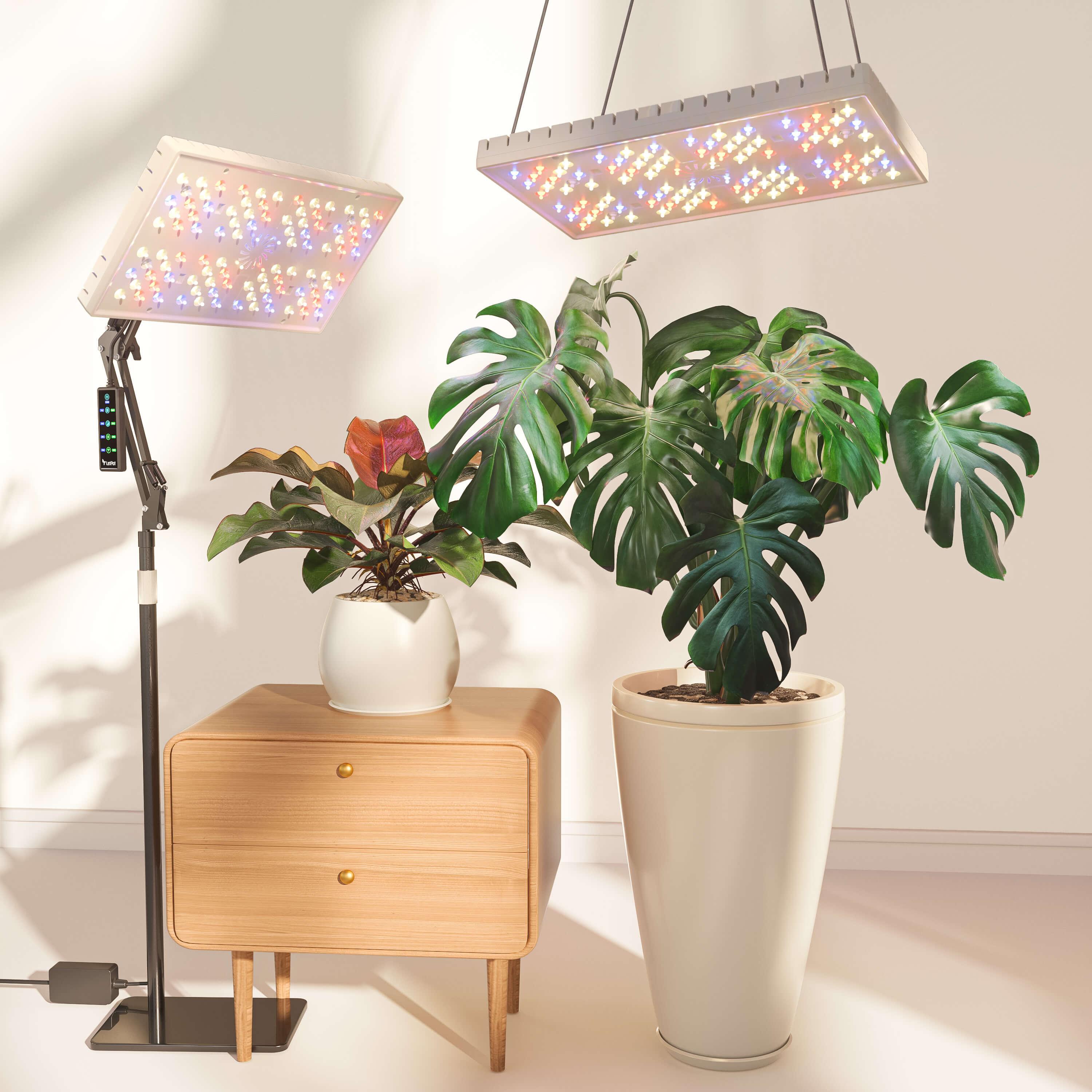
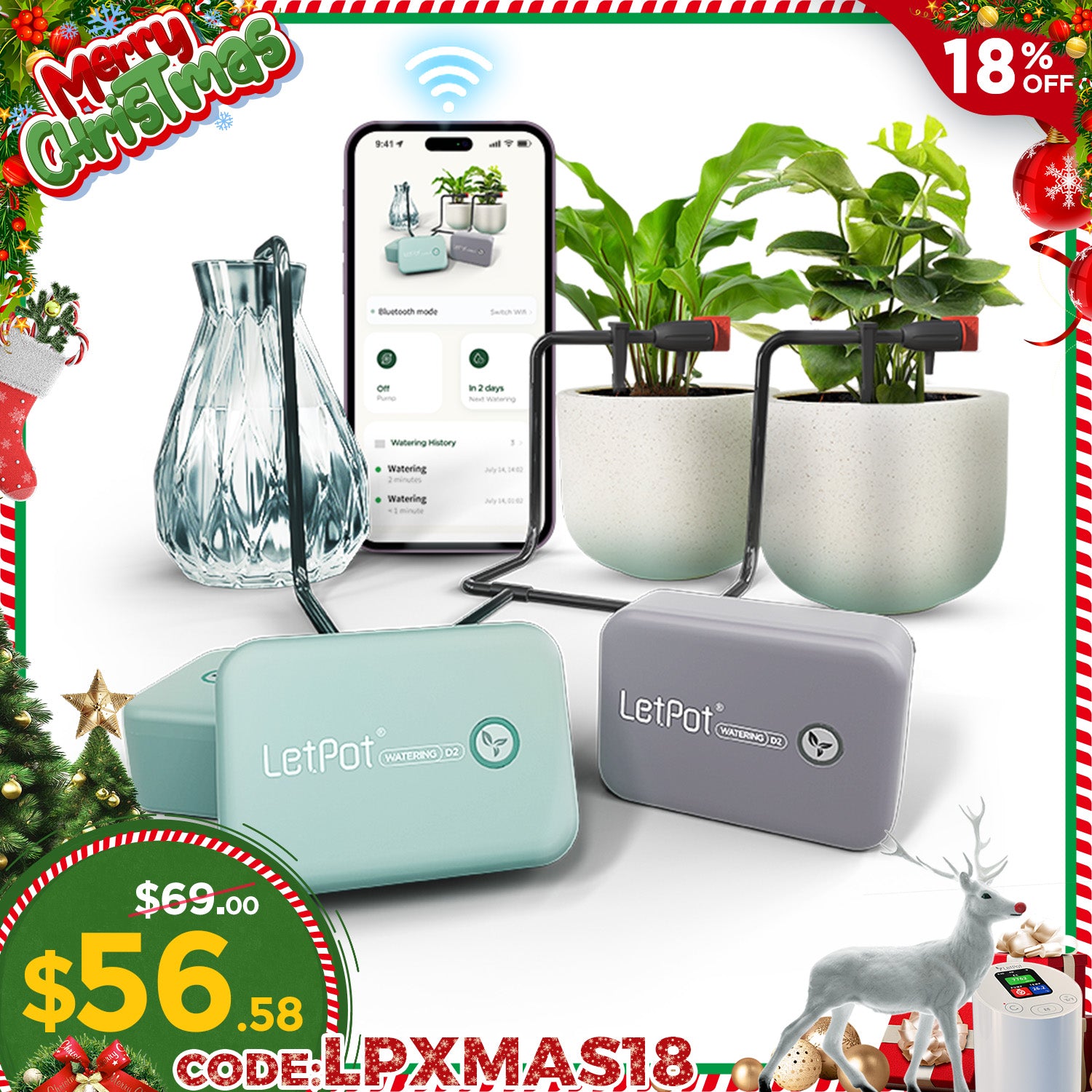

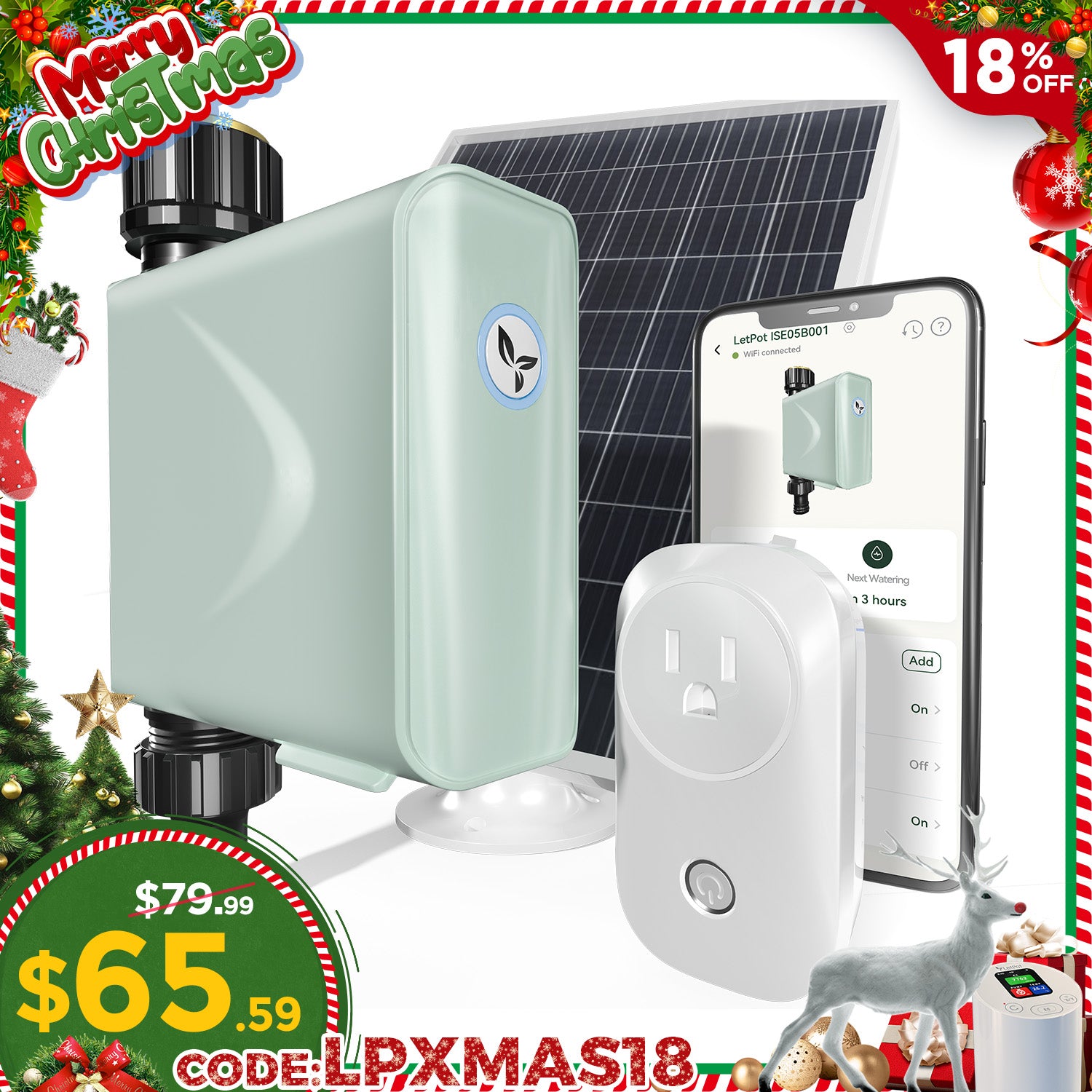
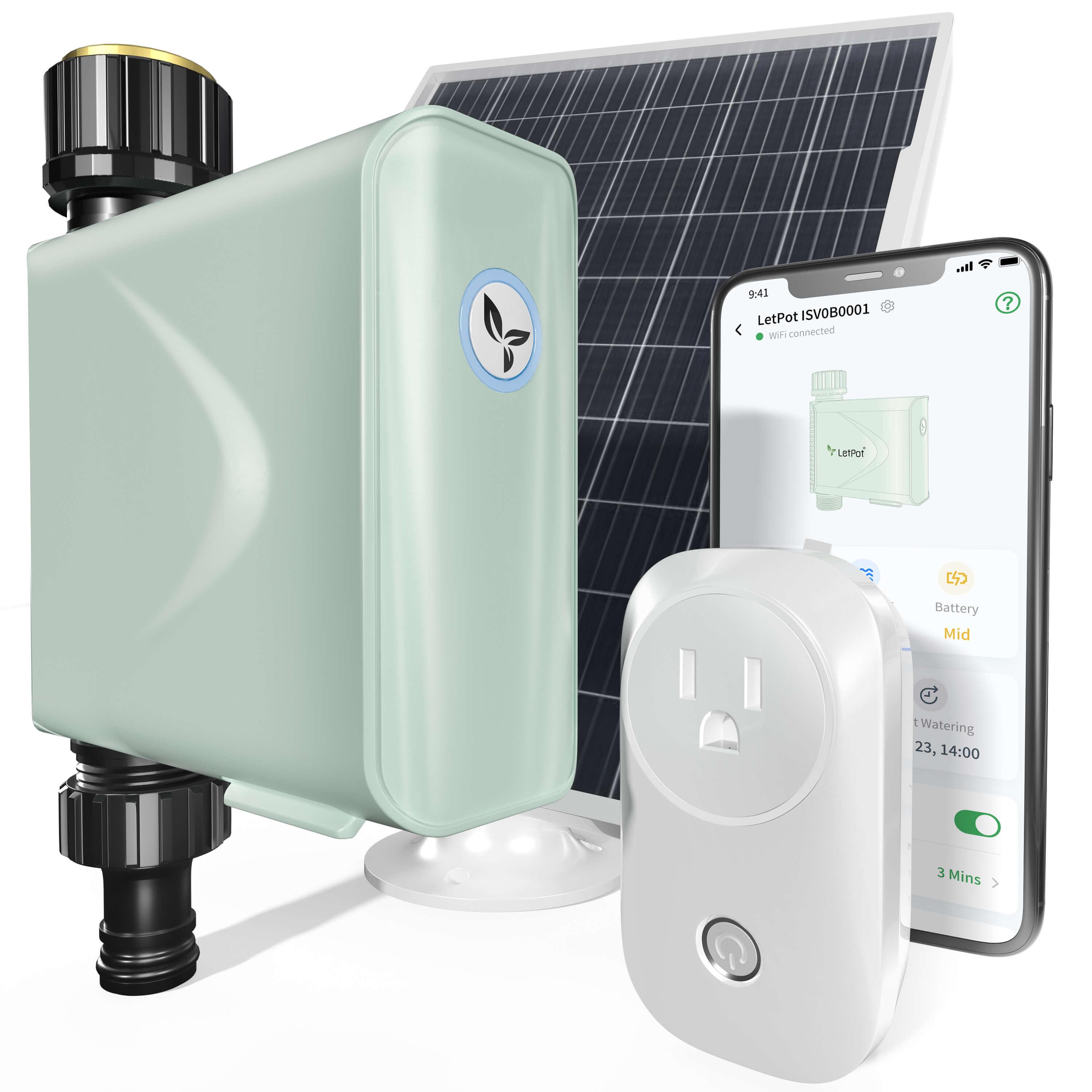

Leave a comment
All comments are moderated before being published.
This site is protected by hCaptcha and the hCaptcha Privacy Policy and Terms of Service apply.